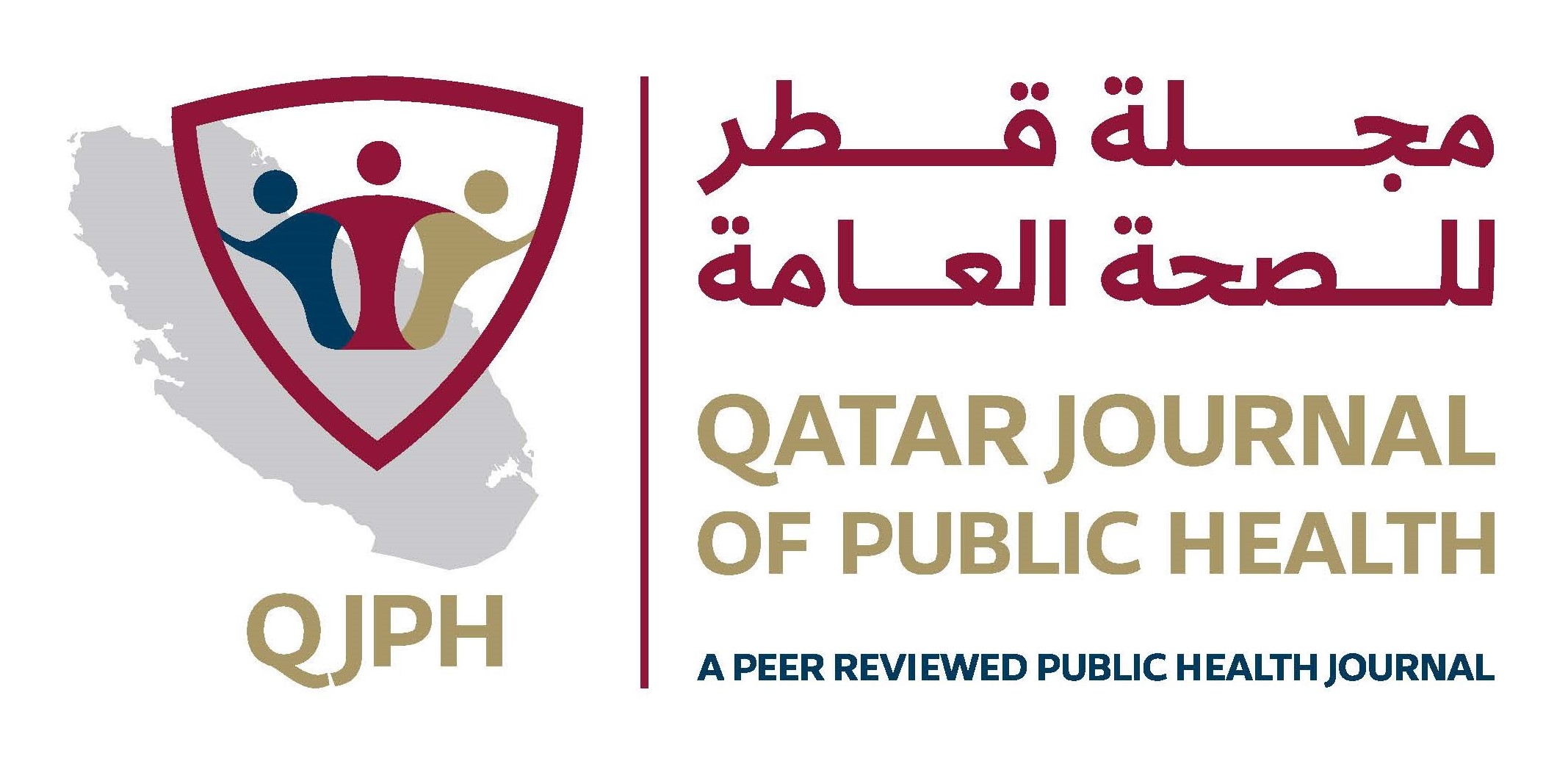-
oa Unresolved Post-COVID Symptomatology: An Experience from a Tertiary Care Hospital in Sri Lanka
- Source: Qatar Journal of Public Health, Volume 2023, Issue 1, Nov 2023, 4
-
- 08 June 2023
- 18 June 2023
- 22 June 2023
Abstract
Background Many patients continue to have symptoms for a prolonged period following COVID-19. In some cases, these symptoms manifest immediately after the acute phase of infection, while in others, they fall within the definition of post-COVID syndrome, persisting beyond 12 weeks. As a result, patients are in a state of anxiety as no established mechanism is available to identify and guide such patients for follow-up. Understanding the persistence of symptoms beyond the acute phase is crucial for providing appropriate care and support to these individuals.
Methods This descriptive cohort study was conducted at the Colombo South Teaching Hospital, Sri Lanka, among patients who had laboratory-confirmed COVID-19 and were discharged from the hospital but experienced persistent symptoms after four weeks. Data collection was carried out through telephone interviews conducted by the investigators.
Results A total of 500 patients were included in the study with a mean age of 48 years, of which 346 (69.2%) had not required supplemental oxygen during the acute infection, while 142 patients (28.4%) required supplemental oxygen, 10 (2%) required ICU care and 2 (0.4%) required intubation. Of the symptoms reported by these patients one month after the acute infection, the most frequently reported symptom was fatigue (63.6%), followed by breathlessness (32.6%) and musculoskeletal pain/discomfort (28.2%).
Conclusions In conclusion, our study sheds light on the persistence of symptoms among discharged COVID-19 patients in a tertiary care hospital in Sri Lanka. We found that many individuals continue to experience symptoms beyond the acute phase of infection. This highlights the urgent need for a systematic approach to identify and provide appropriate care for these patients, as they face uncertainty and anxiety without established mechanisms for follow-up.


